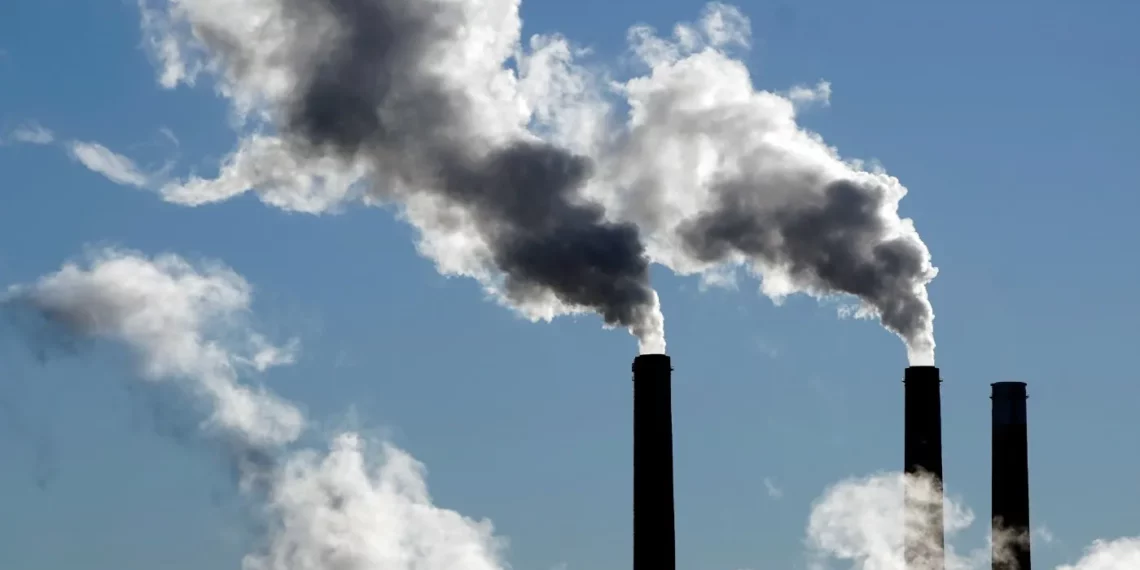
In 2015, more than 140 countries signed up to the goal of achieving net-zero emissions by 2050. For countries in the global south this is a huge task. On the one hand they have committed to low emissions. On the other their economic survival depends on using resources that produce high emissions. International economic law scholar Olabisi D. Akinkugbe unpacks the issue of climate justice, and how climate laws and foreign investment laws fit into the picture.
What is climate justice and why is achieving it such a challenge?
Climate change policies are designed to reduce greenhouse gas emissions (which mainly come from the use of fossil fuels) and shift socio-economic activities towards the use of renewable energies. But, unless these changes are made in a manner that considers historical responsibility for the economic imbalances between countries, they risk crippling the economies of the global south.
That’s why institutions such as the United Nations Development Programme have called for climate justice, which means:
A climate justice approach to climate change would consider that developing countries did not contribute to climate change as much as developed countries but bear a disproportionate burden of the impact of climate change.
Yet, as we detail in a recent paper, a combination of legal frameworks for climate change and foreign direct investment is making the situation worse for developing countries. These laws inform the debate on climate change.
What are the laws? How are they flawed?
The United Nations climate change regime is at the centre of the international action to address climate change. It does this by addressing mitigation and adaptation challenges. The regime includes the 1992 United Nations Framework Convention on Climate Change and the 2015 Paris Agreement. It also includes the Intergovernmental Panel on Climate Change (IPCC), and decisions of bodies like the Conference of Parties to the Convention (“COP”) and the Conference of the Parties serving as the meeting of the Parties to the Paris Agreement.
The relationship between climate goals and international investment and trade has attracted more attention from scholars since the 2022 report of the Working Group III of the IPCC highlighted the incompatibility of climate goals and trade and investment regimes.
The Paris Agreement is the primary point of intersection between investment law and climate law. Among other goals, the agreement aspires to make finance flows consistent with low emissions pathways and climate resilient development.
In the study I argue that investment law and climate change law are at odds with the quest for climate justice. There are at least four reasons:
First, calls for ambitious and expedited transition to climate-friendly investments leave developing countries at a disadvantage in attracting new investments. Mobilising climate finance for a clean energy transition is expensive. As the finance is also primarily in the form of loans, it deepens the debt vulnerability of developing countries.
Second, treaty-based solutions don’t adequately address the power imbalance in the investor-host state relationship. Investment treaties protect investors more than host states. Also, the investor-state dispute system has more consequences for developing countries. And there is disregard for public interest concerns in the award of damages to investors.
Third, embracing market-based solutions led by transnational corporations may reinforce climate injustice while barely reducing emissions. The profit-oriented nature of the investment approach exacerbates the existing debt challenges of developing countries.
Fourth, the risks of investor-state disputes, heavy damages and compensation are generally skewed against developing countries. This affects their capacity to take climate action.
Legal instruments protect foreign investors. The legal protection of foreign direct investment under public international law is guaranteed by international investment agreements and bilateral investment treaties. In addition, multilateral investment treaties, such as the Energy Charter Treaty, and some free trade agreements also protect direct investment.
An investor can sue a host state for violations of treaties or investment agreements and get damages. Developing countries have been on the receiving end of punitive damages. This has led to calls for reform of the arbitration regime that applies to investors and states.
What should be done?
The design of the global transition from fossil fuels to net-zero emissions must account for the economic differences between countries and allow for multiple pathways. This is particularly true for developing countries that must reorganise their economies to attract investments that reduce emissions and generate socioeconomic development, while addressing their debt exposures.
The misalignment of climate change law and international investment law deepens this challenge. This is because many African states depend on the extractive industry to sustain their economies. In addition, the global transition to renewable energy has wider ramifications to produce batteries, electric vehicles, and other renewable energy systems. All require mineral resources from the global south.
Green or climate-friendly investment places global south countries in an unequal position on the international energy chart.
Developing countries, therefore, face the dilemma of balancing fossil fuel extraction with climate-friendly investments. Increased demands for electric vehicles and renewable energy present opportunities for developing states. But many lack the capacity to capture parts of the supply chains of the new green economy.
The transition to net-zero emissions thus poses several problems: climate crisis, extreme poverty, and lack of access to energy.
Source: norvanreports.com

